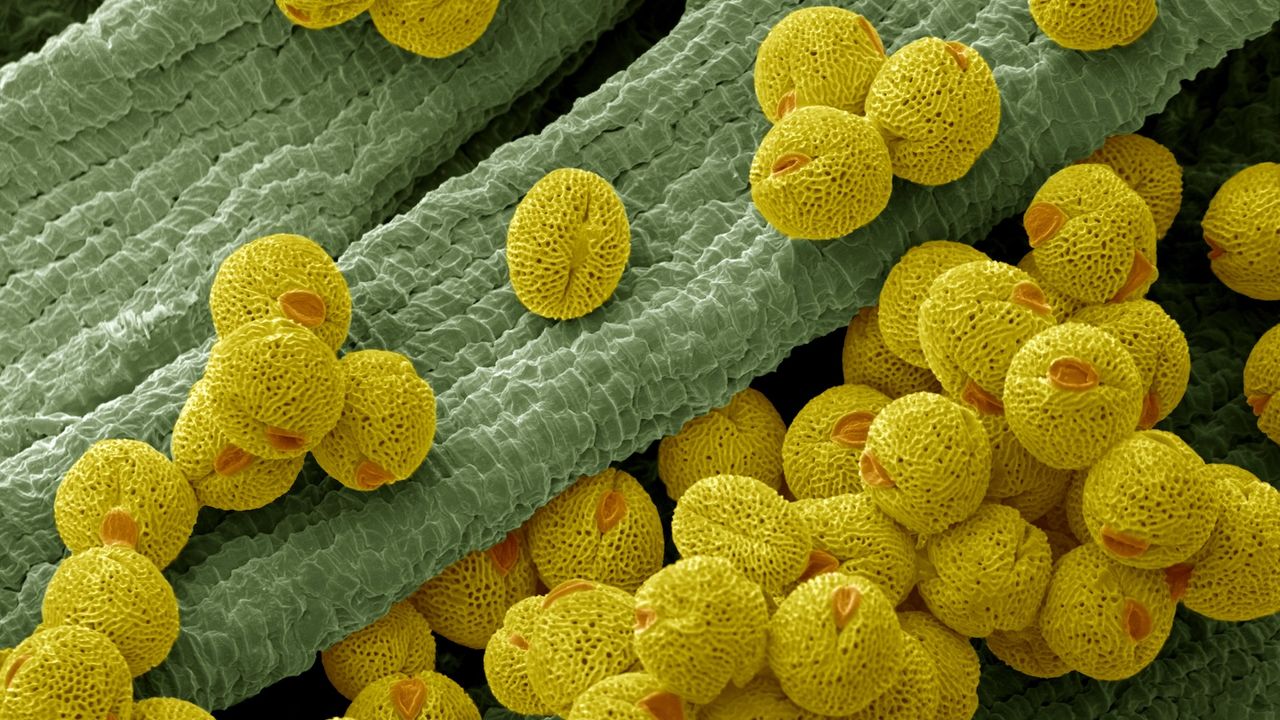Now Reading: Indian Scientists Explore Pollen as Eco-Friendly Paper and Sponge Alternative
-
01
Indian Scientists Explore Pollen as Eco-Friendly Paper and Sponge Alternative
Indian Scientists Explore Pollen as Eco-Friendly Paper and Sponge Alternative

Fast Summary
- Researchers at nanyang Technological University in Singapore are studying pollen’s applications beyond customary use, focusing on its rigid outer shell.
- Pollen, known for its tough polymer sporopollenin, is being transformed into soft microgel thru alkaline hydrolysis, allowing it to be used for eco-friendly materials.
- The microgel can be molded into paper or film that is strong yet flexible and reusable; potential applications include UV protective materials and smart actuators for electronics.
- Pollen-based sponges may also address needs in tissue engineering, oil spill absorption, bleeding control, etc., without harming plants or flowers during collection.
- Sunflower and camellia pollen are primarily used due to their abundance; a single sunflower floret produces 25,000 to 67,000 grains annually.
- Compared with other biomaterials obtained from trees or animals requiring destruction of living organisms (like chitosan or cellulose), pollen extraction is less resource-intensive.
Indian Opinion Analysis
The innovative repurposing of pollen as a enduring biomaterial opens promising avenues for reducing environmental costs associated with industrial processes like paper production and drug delivery systems. India’s potential interest lies in the country’s rich biodiversity and agricultural output that could serve as sources of raw pollen material. With minimal disruption to ecosystems and negligible waste generation compared to traditional methods involving trees or crustaceans, pollen-based products align well with India’s growing emphasis on green technology initiatives. While the research still faces commercial scalability challenges globally-including cost-efficiency-the adoption of such technologies could significantly strengthen India’s credentials in biomaterial innovation while providing economical solutions across sectors like healthcare and renewable energy.
























